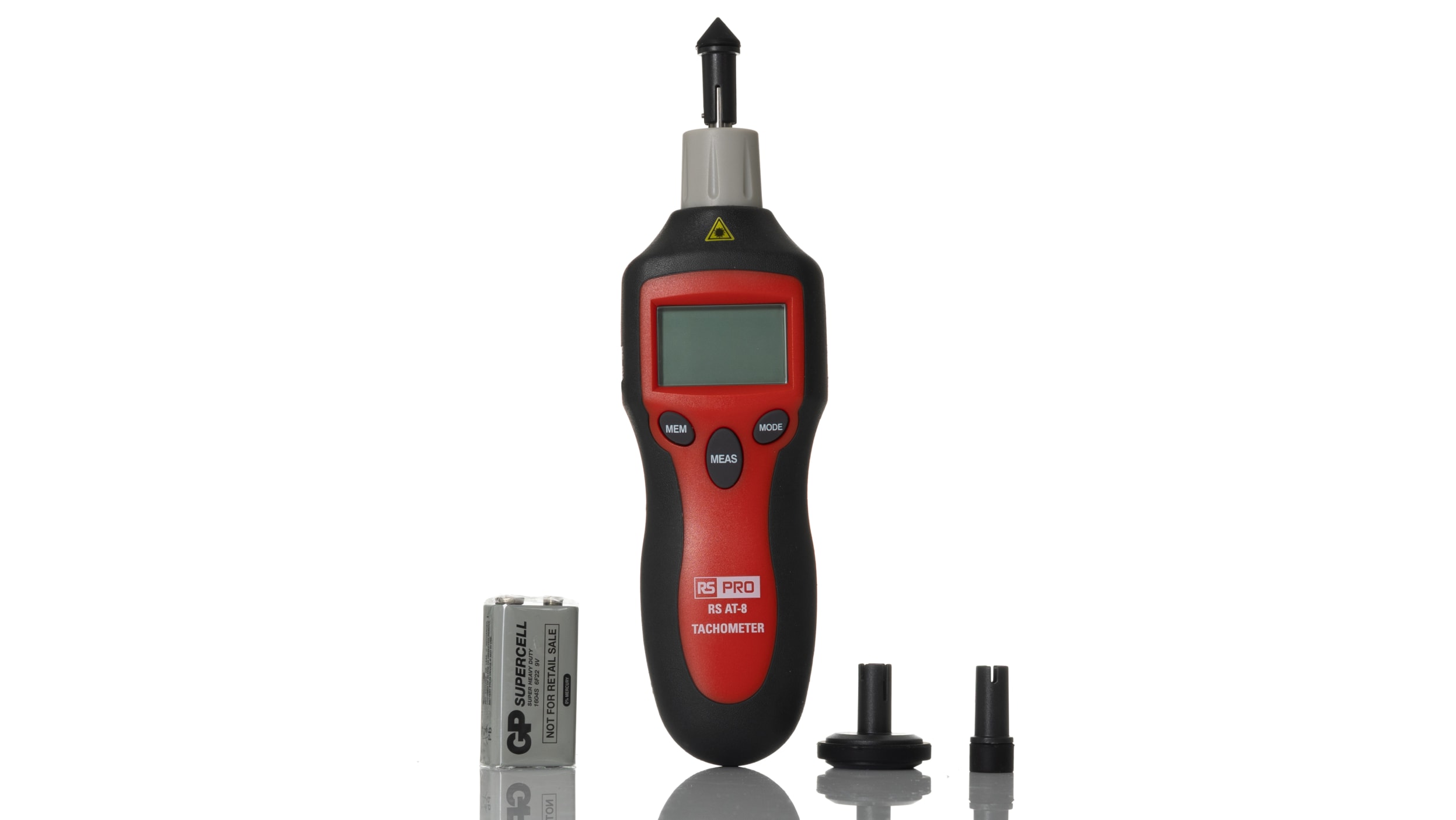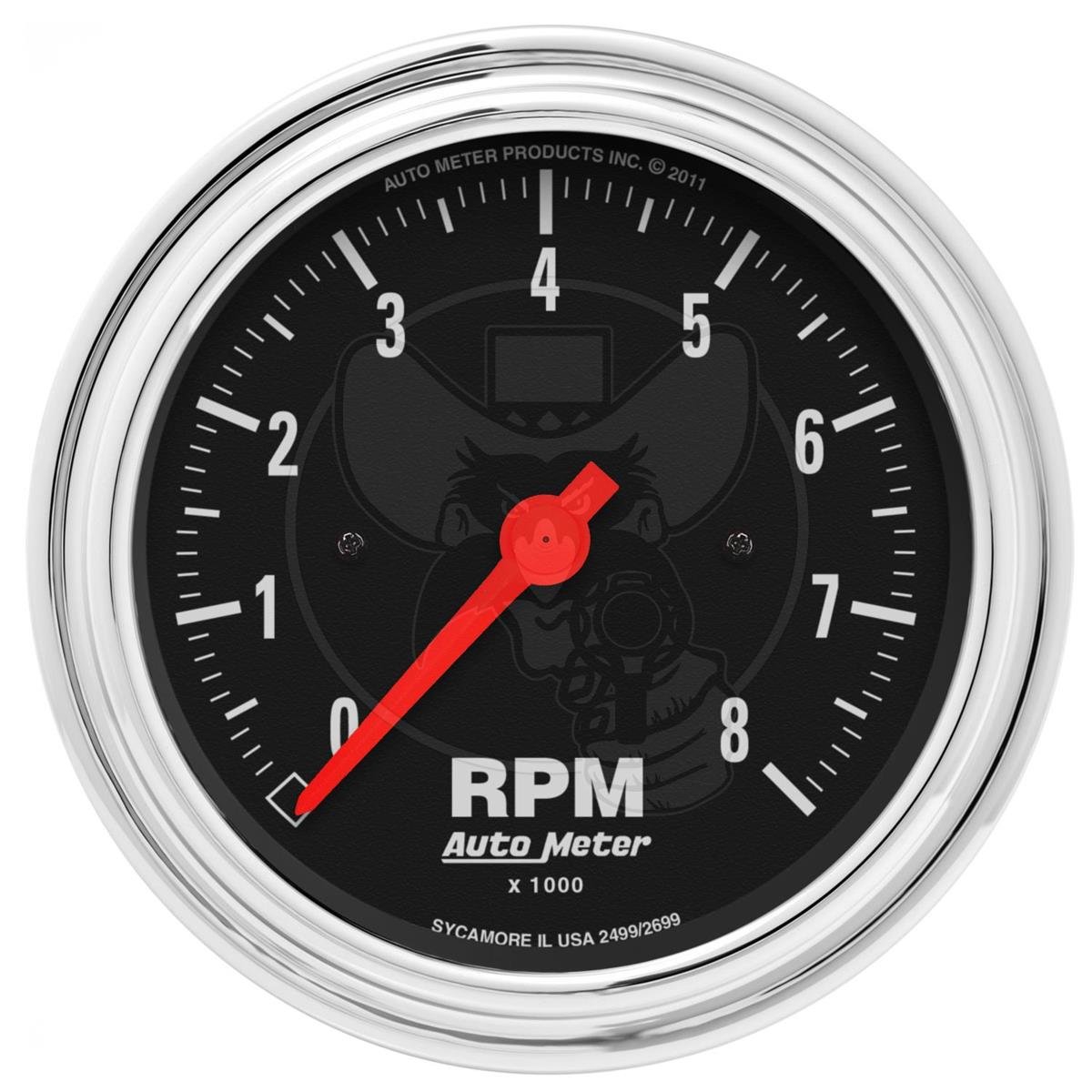How a Tachometer Aids Monitor Engine Wellness and Performance
How a Tachometer Aids Monitor Engine Wellness and Performance
Blog Article
The Relevance of a Tachometer in Keeping An Eye On Engine Rate and Performance in Automotive Applications
In the realm of automotive engineering, the tachometer stands as a critical tool in the motorist's collection, providing a straight home window into the internal workings of a lorry's engine. Beyond its function as a plain scale of transformations per minute (RPM), the tachometer acts as an essential tool for fanatics and experts alike, providing real-time understandings into engine performance and health and wellness. Recognizing the significance of this gadget goes past surface-level observations, delving into the complex connection in between engine rate, power output, and total driving experience. As we check out the multifaceted function of the tachometer in vehicle applications, a much deeper appreciation for its effect on vehicle characteristics and performance begins to emerge.
Significance of Monitoring Engine RPM
Checking engine RPM, or transformations per minute, is a vital element of automotive upkeep and performance evaluation. Engine RPM straight correlates with the rate at which the engine's crankshaft rotates, suggesting how rapidly the engine is running - tachometer. By keeping track of RPM, mechanics can examine the health of the engine, identify prospective problems, and fine-tune performance. An unusual RPM reading might indicate issues such as engine misfires, faulty trigger plugs, or issues with the gas shipment system. Regularly high RPM readings can suggest hostile driving routines or the demand for a higher gear change to improve fuel performance.
Furthermore, checking engine RPM is important for efficiency examination in racing and high-performance cars. Keeping optimal RPM levels is important for accomplishing peak power output and velocity. Racers often make use of tachometers to ensure they are operating within the optimal RPM variety for optimum performance. In summary, monitoring engine RPM is not only vital for discovering problems however also for enhancing engine performance in various automobile applications.

Benefits of Real-Time Data
In automobile applications, real-time information plays an important role in supplying instant understandings into the efficiency and problem of the lorry. By constantly keeping an eye on numerous specifications such as engine rate, temperature level, fuel consumption, and more, real-time data uses many advantages that contribute to enhanced effectiveness and safety and security when driving.
One significant advantage of real-time data is its ability to sharp motorists and specialists to any kind of anomalies or concerns quickly. This proactive approach makes it possible for quick recognition of possible troubles, enabling prompt interventions to avoid additional damages or malfunctions. In addition, real-time information assists in efficiency optimization by giving prompt comments on driving routines and engine efficiency. Chauffeurs can readjust their behavior in real-time based upon this information to attain far better gas economy and lengthen the life-span of their automobile.

In addition, real-time information plays an important function in modern automobile diagnostics, allowing technicians to swiftly detect and resolve malfunctions. This results in reduced downtime, lower maintenance costs, and inevitably, enhanced total vehicle dependability and long life (tachometer). By using the power of real-time data, automotive stakeholders can make informed choices that positively influence both the efficiency and long life of the car
Impact on Gear Shifts
The tachometer plays a critical duty in maximizing gear shifts by offering real-time engine rate information to the motorist. When approaching the redline on the tachometer, it signals the driver to upshift to stop over-revving the engine and Source triggering prospective damages.
In addition, the tachometer help in achieving smoother equipment transitions, especially in manual transmissions. By keeping track of engine speed, drivers can perform gear changes at the ideal RPM range, minimizing jerking motions and minimizing wear on the transmission elements. This accuracy in gear adjustments not just boosts driving convenience however additionally adds to sustain efficiency.
Enhancing Gas Efficiency
Given the important role the tachometer plays in optimizing gear changes for efficiency and engine health, it straight adds to optimizing gas effectiveness in automotive applications. By offering real-time responses on engine rate, the tachometer aids chauffeurs in maintaining the most effective RPM variety for gas economy. When drivers regularly monitor the tachometer and change their motoring practices as necessary, they can prevent unnecessary fuel consumption brought on by over-revving or carrying the engine.
Furthermore, the tachometer helps drivers determine the most fuel-efficient equipment to be in at any type of provided moment, protecting against the engine from functioning harder than required. In final thought, the tachometer offers as a beneficial device site web in improving gas efficiency by promoting optimum driving routines and recognizing areas for improvement in the lorry's efficiency.

Making Best Use Of Engine Durability
The tachometer's duty in monitoring engine rate and performance is critical in making sure the durability of automobile engines. Keeping an eye on the tachometer allows vehicle drivers to stay within the advised RPM range for their car, preventing unnecessary stress on the engine and prolonging its lifespan.

Final Thought
Finally, the tachometer plays a critical duty in checking engine speed and efficiency in automobile applications. By offering real-time information on RPM, it permits efficient gear shifts, improved fuel effectiveness, and maximized engine longevity. This tool is necessary for keeping ideal engine performance and guaranteeing the total functionality of a car.
Report this page